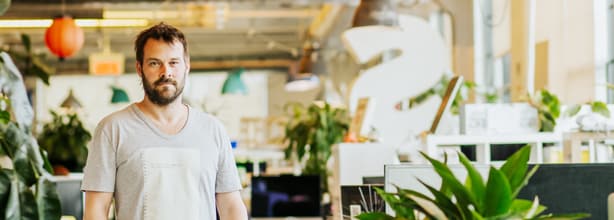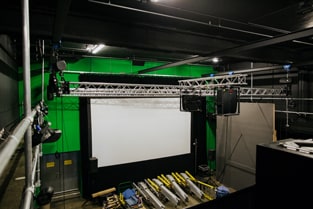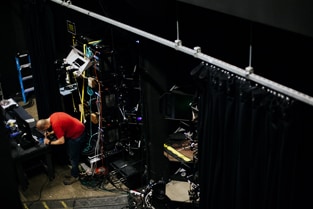
- Semiconductor Technology Now
Expert Interview
Moment Factory Spurs Inspiration and Creativity with Original Programming and Tweaked Hardware
July 31, 2017

Recent technological advancements have made "immersive" digital experiences more accessible than ever before. To further enrich these experiences, a wide array of technologies are being mobilized, including gesture recognition, motion tracking, sensor systems, and infrared wireless technology. Moment Factory is a renowned producer of immersive experiences whose works have been attracting worldwide attention. Operating from several key locations throughout the world, the Montreal-based group of experts aims to offer advanced shared experiences that supersede mere on-screen content. Fully unleashing its digital creativity, the group continues to produce interactive experiences that bring people together at the deepest level of humanity.
Telescope Magazine: Moment Factory caught the attention of the Japanese in January 2017, when it produced the Japanese food-themed interactive entertainment called Tabegami Sama (The Mysterious Restaurant of the Food God). Your company is actively engaged in immersive digital art production throughout the world at various venues including exhibitions, concerts, theme parks, and commercial and urban spaces. And yet you manage to produce novel surprises and excitements every time. How do you come up with the ideas, and by what process are the ideas turned into final outputs?
Dominic Audet: Our creative processes can vary depending on the type of project at hand, but the basic flow is the same. It starts with a briefing at the client's, attended by a producer and a creative director for the project. Then the client visits us at Montreal to meet our team. It's important that the team we assemble is multidisciplinary. An architect, a graphic designer, a lighting designer, a software developer, and other professionals are called in. They are then tasked to come up with "left field ideas"-i.e., to think outside the box. Examining the problem from the viewpoint of multiple disciplines can produce challenging ideas. This conviction is at the core of the creative process at Moment Factory. In fact, all of us at Moment Factory come from very diverse backgrounds, including nationality, race, and ethnicity. We are also doing our best to equalize the number of male and female employees.
| Video 1. Moment Factory [Demo Reel] CREDIT: Moment Factory |
Telescope Magazine: So, the focus of the meeting is on extracting diverse ideas?
Dominic Audet: Yes. The creative director leads the process, stimulating ideation and capturing various ideas. At the conception phase that follows, the creative director works with the multimedia director to refine a concept, removing every internal barrier. Then comes the design phase, which involves prototyping.
Telescope Magazine: Do you mean rapid prototyping, a speedy model fabrication technique used in product design and software development?
Dominic Audet: Exactly. We take the Agile approach to software development (designed to minimize risks through frequent iterations of minor revisions) to speed up programming and reviews. If something is amiss, we quickly make adjustments and check the results again, and the process is repeated several times. Concurrently, we pursue physical experimentation as well. We have a dedicated studio for this purpose, where small-scale models of the installations are used to visualize and verify the effects. This is also a key component of prototyping. Prototyping has digital and physical aspects, and speeding up the process on both fronts is essential. Needless to say, we are investing all our technologies and resources as well as the combined expertise of our staff to achieve faster turnaround time.
  |



















